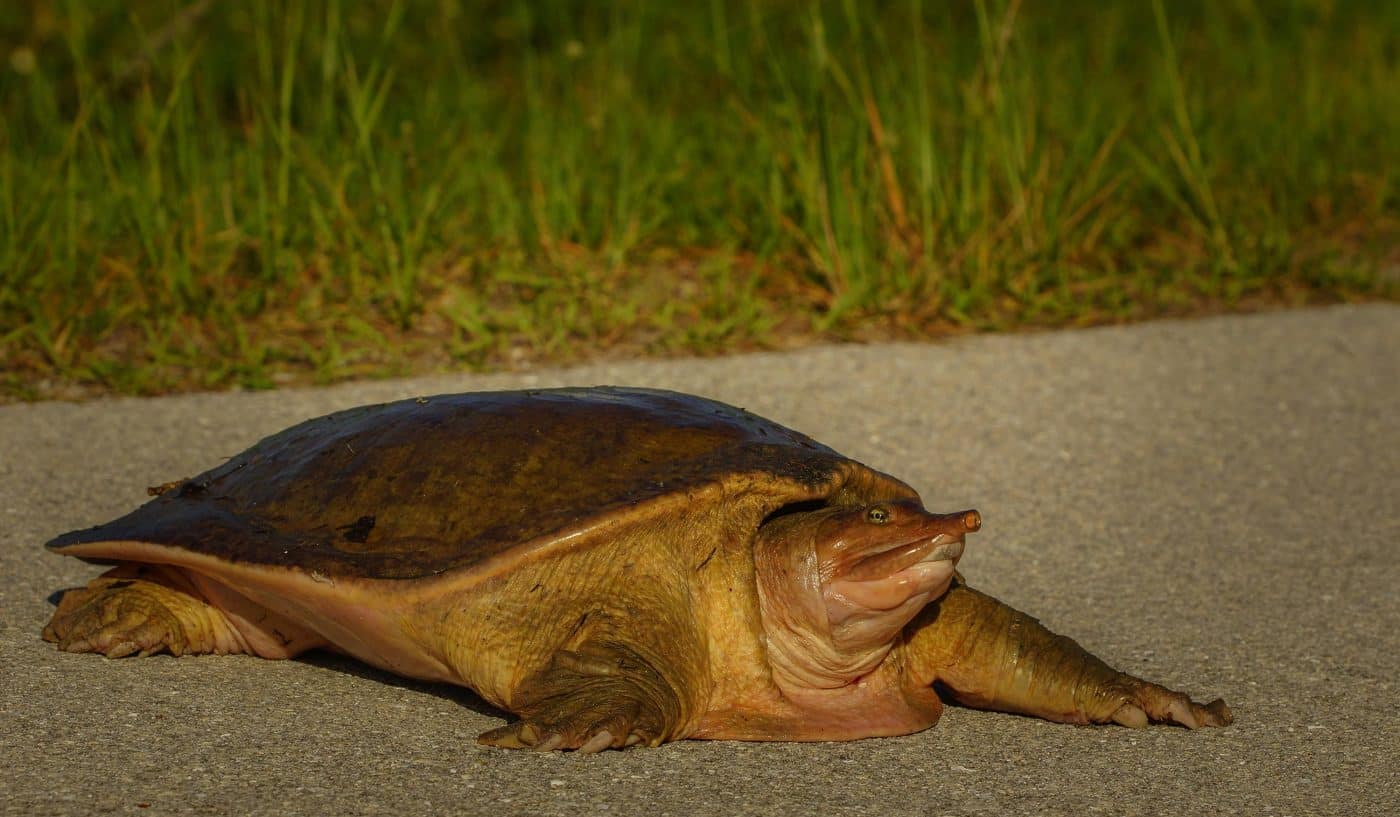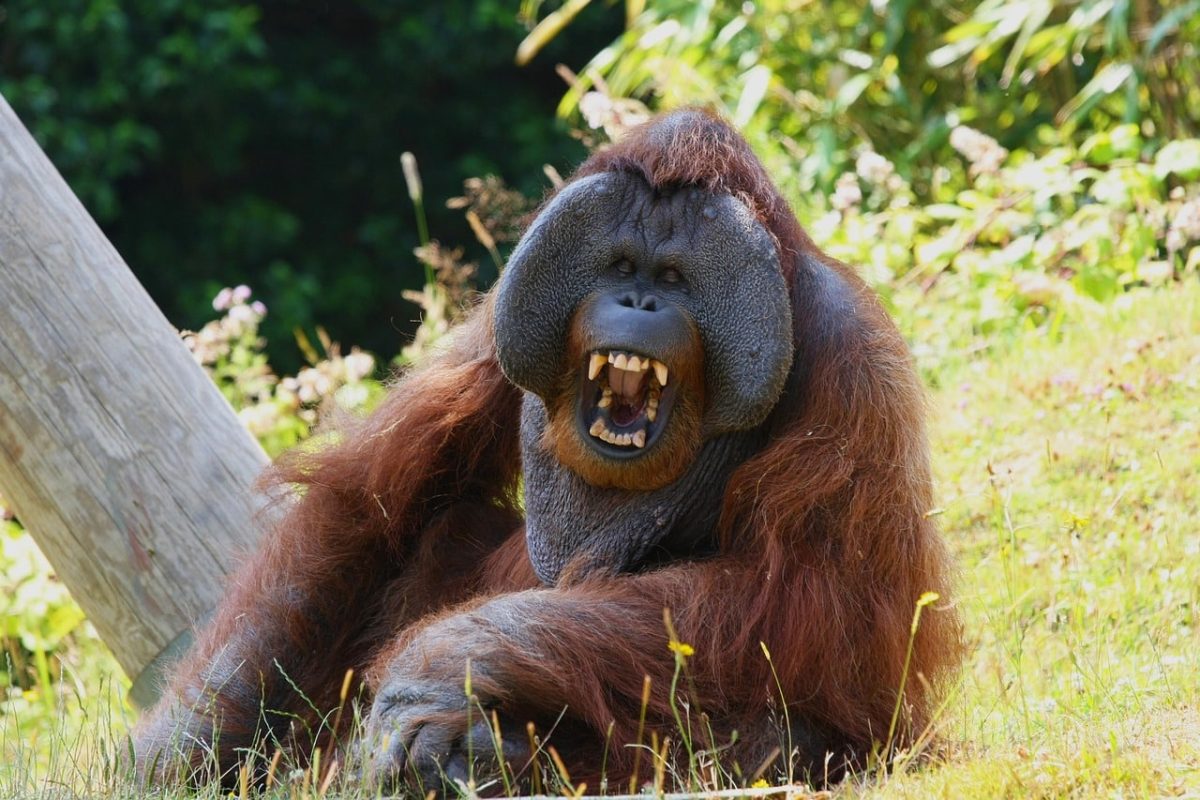 Shutterstock
Shutterstock
The threat of extinction looms over many species around the world, but not all hope is lost. Every day, dedicated conservationists and passionate individuals work tirelessly to protect these endangered animals and preserve their habitats. While some species may seem on the brink of disappearance, there are still meaningful ways we can make a difference. From donating to wildlife organizations to supporting sustainable practices, numerous actions can help save the lives of these incredible animals. Let’s look at some endangered species that still need our help right now.
Amur Leopard
 Shutterstock
Shutterstock
The Amur leopard, native to the Russian Far East and parts of China, is one of the rarest big cats on Earth. With fewer than 100 individuals left, the Amur leopard’s survival is threatened by poaching, habitat loss, and prey depletion. Conservation efforts are working to protect its forests and reduce human-wildlife conflict through anti-poaching patrols. By supporting organizations working in this region, individuals can help preserve the habitat and ensure a future for these majestic leopards.
Sumatran Orangutan
 Shutterstock
Shutterstock
The Sumatran orangutan is critically endangered due to the destruction of its natural habitat in Indonesia. The palm oil industry is one of the biggest contributors to deforestation while poaching for the illegal pet trade also poses a significant threat. Efforts to save the Sumatran orangutan focus on habitat protection, rehabilitation of orphaned orangutans, and enforcing anti-poaching laws. Choosing sustainable palm oil and supporting organizations dedicated to orangutan conservation can help protect these incredible primates and their forests.
Javan Rhino
 Shutterstock
Shutterstock
The Javan rhinoceros is one of the rarest mammals in the world, with fewer than 75 individuals remaining in a single protected area in Indonesia. Their population is threatened by habitat loss, human encroachment, and natural disasters like tsunamis. Conservation initiatives are focused on habitat protection, anti-poaching measures, and monitoring the rhinos’ populations. By supporting eco-tourism and donating to conservation programs, we can contribute to saving this critically endangered species and ensuring their continued survival.
Black Rhinoceros
 Shutterstock
Shutterstock
Once widespread across sub-Saharan Africa, the black rhinoceros is now critically endangered due to poaching and habitat loss. The species faces a high risk of extinction due to illegal hunting for their horns, which are sold on the black market. Anti-poaching initiatives, along with habitat restoration efforts, are crucial to saving the black rhino. By supporting conservation groups that work to combat poaching and protect black rhino habitats, we can play a role in preserving these iconic animals for future generations.
Yangtze Giant Softshell Turtle
 Shutterstock
Shutterstock
The Yangtze giant softshell turtle, once common in the Yangtze River, is now one of the rarest animals on Earth, with only four known individuals left. Overhunting and habitat destruction have pushed this unique turtle to the brink of extinction. Breeding programs and habitat restoration are vital for the survival of the species. By supporting conservation efforts focused on the Yangtze giant softshell turtle, we can help give this critically endangered species a chance at recovery.
Snow Leopard
 Shutterstock
Shutterstock
The snow leopard, native to the rugged mountain ranges of Central Asia, is a striking big cat with elusive habits. Snow leopards are critically endangered due to poaching for their fur and bones, retaliatory killings by herders, and habitat loss. Conservationists are working to protect snow leopards by reducing human-wildlife conflict, monitoring their populations, and preserving their habitats. By supporting these efforts and promoting responsible wildlife tourism, we can help ensure the survival of snow leopards in the wild.
Gharial
 Shutterstock
Shutterstock
The Gharial, a species of crocodilian found in India and Nepal, is critically endangered, with only about 200 individuals remaining in the wild. This long-snouted crocodile is threatened by habitat loss, pollution, and hunting. Conservation efforts are focused on protecting its habitat along the riverbanks and reintroducing Gharials into suitable environments. Supporting these initiatives can help maintain and restore Gharial populations.
Tapanuli Orangutan
 Shutterstock
Shutterstock
The Tapanuli orangutan, native to a small region in Sumatra, is a newly discovered subspecies and one of the world’s most endangered primates. Fewer than 800 individuals remain, and their population is threatened by habitat destruction and illegal logging. Conservation efforts are focused on protecting their remaining habitat and combating illegal deforestation. By supporting orangutan conservation and raising awareness about the importance of habitat protection, we can help preserve the Tapanuli orangutan for future generations.
Western Lowland Gorilla
 Shutterstock
Shutterstock
The western lowland gorilla is critically endangered due to poaching, disease, and habitat destruction in Central Africa. These great apes, closely related to humans, are vital for biodiversity and ecosystem balance. Conservation efforts focus on reducing poaching, protecting habitats, and promoting community-based conservation initiatives. By supporting wildlife sanctuaries and organizations dedicated to gorilla conservation, we can make a meaningful difference in preserving the western lowland gorilla.
Pangolin
 Shutterstock
Shutterstock
Pangolins, known for their armor-like scales, are the most trafficked mammals in the world due to demand for their scales in traditional medicine and as luxury goods. All eight species of pangolins are threatened by poaching and illegal wildlife trade. Conservation efforts are focused on law enforcement, raising awareness, and reducing demand for pangolin products. By supporting anti-poaching initiatives and organizations working to protect pangolins, we can help save these fascinating creatures from extinction.
Blue Whale
 Shutterstock
Shutterstock
The blue whale, the largest animal to have ever lived on Earth, faces threats from ship strikes, habitat destruction, and climate change. Though they were once heavily hunted, their populations are slowly recovering. However, blue whales still need our help to thrive, which includes supporting ocean conservation efforts, reducing pollution, and protecting their feeding and breeding grounds.
Pygmy Three-Toed Sloth
 Shutterstock
Shutterstock
Found only on a small island off the coast of Panama, the Pygmy Three-Toed Sloth is one of the most endangered mammals in the world. Due to its limited range and habitat destruction, it faces significant threats to its survival. Conservationists are working to protect its mangrove habitat and monitor the population. Supporting conservation initiatives and responsible tourism that doesn’t disturb its fragile environment can play a role in protecting this unique species.
Saiga Antelope
 Shutterstock
Shutterstock
The Saiga Antelope once roamed across much of Central Asia, but now, due to habitat loss and poaching for its horns, the species is at risk of extinction. Saigas are an important part of the ecosystem, helping maintain the health of grasslands. Efforts to protect their habitats, combat illegal poaching, and support the restoration of their populations are essential. Donating to wildlife conservation organizations focused on Saiga protection can help secure their future.
The Final Countdown To Save Them
 Shutterstock
Shutterstock
While conservation efforts for these animals are vital, the real work starts with you. Simple actions, such as supporting ethical wildlife organizations, reducing your carbon footprint, and choosing sustainable products, can make a significant impact. Remember, the future of these species isn’t just in the hands of governments and scientists—it’s in ours too! Whether it’s donating, raising awareness, or spreading the word, you can help ensure these amazing animals don’t disappear. Let’s be their voice and save them before it’s too late!
 Toledo, United States.
Toledo, United States.